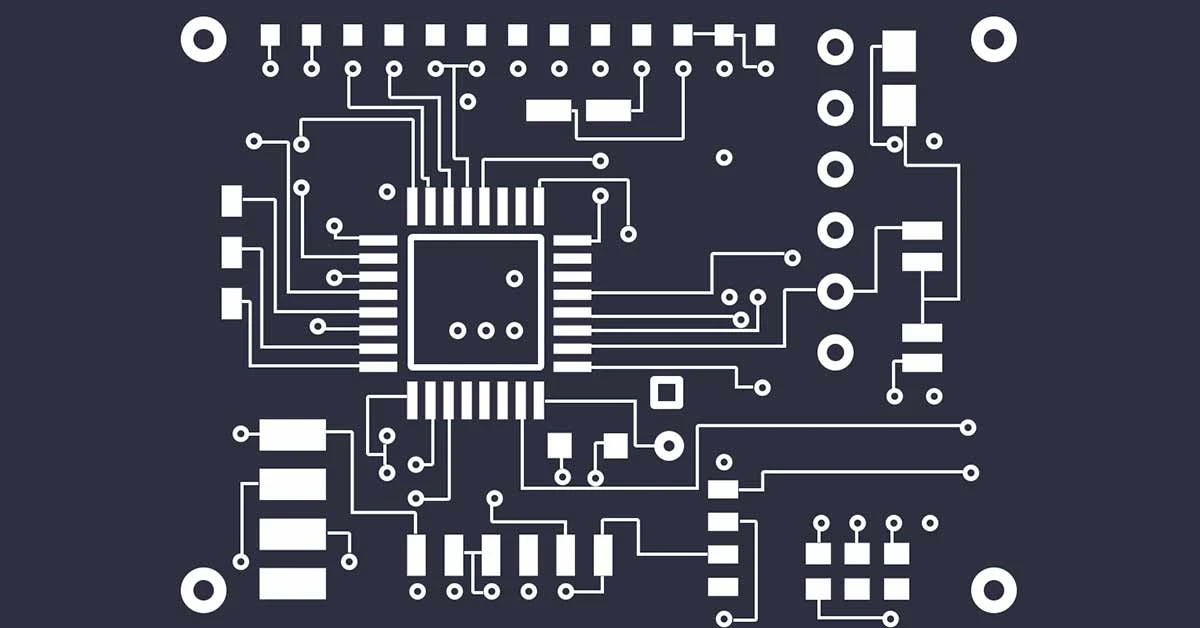
Which Software Is Best For PCB?
As technology continues to advance, the need for efficient and reliable Printed Circuit Board (PCB) Software is increasingly important. With so many software options available on the market today, it can be difficult to decide which software is best for PCB and which one is best for you and your needs. This article will provide an overview of various PCB Software packages, as well as recommendations for which ones are the most effective.
About PCB Software
PCB software is a type of computer-aided design (CAD) program that is used to design and develop printed circuit boards (PCBs). It allows engineers and designers to create detailed PCB schematics, simulate their designs, and generate manufacturing files. PCB software can also help streamline the design process, reduce errors, and ensure that the final product meets all necessary specifications.
PCB software offers a variety of features such as schematic capture, layout design, and 3D modeling to help designers create complex circuits with ease. PCB software also allows designers to simulate their circuit designs before prototyping, allowing them to optimize performance and reduce costs. With the ability to quickly make changes and adjustments, PCB software saves time while increasing productivity. Modern PCB software often includes collaboration features that allow teams to work together seamlessly on projects regardless of location or time zone.
Benefits Of Using PCB Software:
PCB software is an essential tool for designing and manufacturing printed circuit boards. This specialized software streamlines the process of creating a prototype, reducing errors and simplifying the production process.
There are several benefits to using PCB software:
- Efficiency: PCB software enables the user to create complex circuits and layouts quickly and accurately. This saves time and effort compared to manually drawing and designing circuits.
- Accuracy: PCB software helps ensure that the circuits and layouts are designed with precision and accuracy, reducing the likelihood of errors and mistakes in the final product.
- Collaboration: PCB software allows multiple users to work on the same project simultaneously, enabling efficient collaboration between team members.
- Cost-effective: PCB software enables the user to create and modify designs with ease, reducing the need for expensive physical prototypes and minimizing the cost of errors in the final product.
- Customization: PCB software provides the ability to customize and optimize the design of a circuit board to meet specific requirements or constraints, such as size, power consumption, or performance.
- Simulation: Many PCB software tools include simulation capabilities, enabling the user to test the design and identify potential issues before production.
- Documentation: PCB software provides comprehensive documentation of the design process, enabling easier debugging, maintenance, and upgrades in the future.
Types Of PCB Software:
PCB software is an essential tool for designing printed circuit boards (PCBs) used in electronic devices. There are different types of PCB software available on the market, each with its functions and features.
There are several types of PCB software available in the market. But which software is best for PCB? Here are some of the most used PCB software with their definitions:
1. Altium Designer: Altium Designer is a PCB software tool that provides schematic capture, PCB layout, and design documentation capabilities. It is commonly used for designing high-speed, multi-layer PCBs.
2. Eagle PCB: Eagle PCB is a popular PCB software tool that provides schematic capture, PCB layout, and auto-routing capabilities. It is commonly used by hobbyists and small businesses.
3. OrCAD: OrCAD is a PCB software tool that provides schematic capture, PCB layout, and simulation capabilities. It is the best CAD software used for designing complex circuits and systems.
4. KiCAD: KiCAD is an open-source PCB design program that offers capabilities for schematic capture, PCB layout, and three-dimensional visualization. It is popular among hobbyists and small businesses due to its affordability.
5. PADS: PADS is a PCB software tool that provides schematic capture, PCB layout, and analysis capabilities. It is commonly used for designing high-density, multi-layer PCBs.
6. Proteus: Proteus is a PCB software tool that provides schematic capture, PCB layout, and simulation capabilities. It is commonly used for designing complex circuits and systems.
7. CircuitMaker: CircuitMaker is a free, open-source PCB software tool that provides schematic capture, PCB layout, and 3D visualization capabilities. It is popular among hobbyists and small businesses due to its affordability and ease of use.
Which Software Is Best For PCB Design?
When it comes to designing printed circuit boards (PCBs), there are numerous software options available in the market. But which software is best for PCB design? However, not all PCB design software is created equal, and choosing the right one can have a significant impact on the efficiency of your work. One of the best and most well-known PCB design software options is Altium Designer and Fusion 360.
Altium Designer is a comprehensive and powerful PCB design tool that offers a wide range of features and capabilities. It provides users with an intuitive interface, making it easy to use regardless of your level of experience with PCB design. With Altium Designer, you can create complex multi-layer designs with ease, and advanced routing technologies to optimize your designs for maximum performance.
Fusion 360 is a comprehensive software tool that offers a wide range of features for designing and producing PCBs. It includes tools for schematic capture, board layout, routing, and manufacturing preparation. Additionally, Fusion 360 supports collaboration between team members through cloud-based sharing and version control.
While other PCB design software packages can cost thousands of dollars per license, Fusion 360 offers competitive pricing options with occasional sales or discounts available during promos like “Fusion 360 sale“.
Conclusion
In conclusion, when it comes to which software is best for PCB design, there is no one-size-fits-all solution. However, by understanding the different features and tools available in a variety of programs, you can determine which one is best for your project. Whether you are a beginner or an experienced engineer, there is sure to be a software package that will suit your needs. It is important to remember that the quality of the design heavily depends on the user’s knowledge and skill level.






